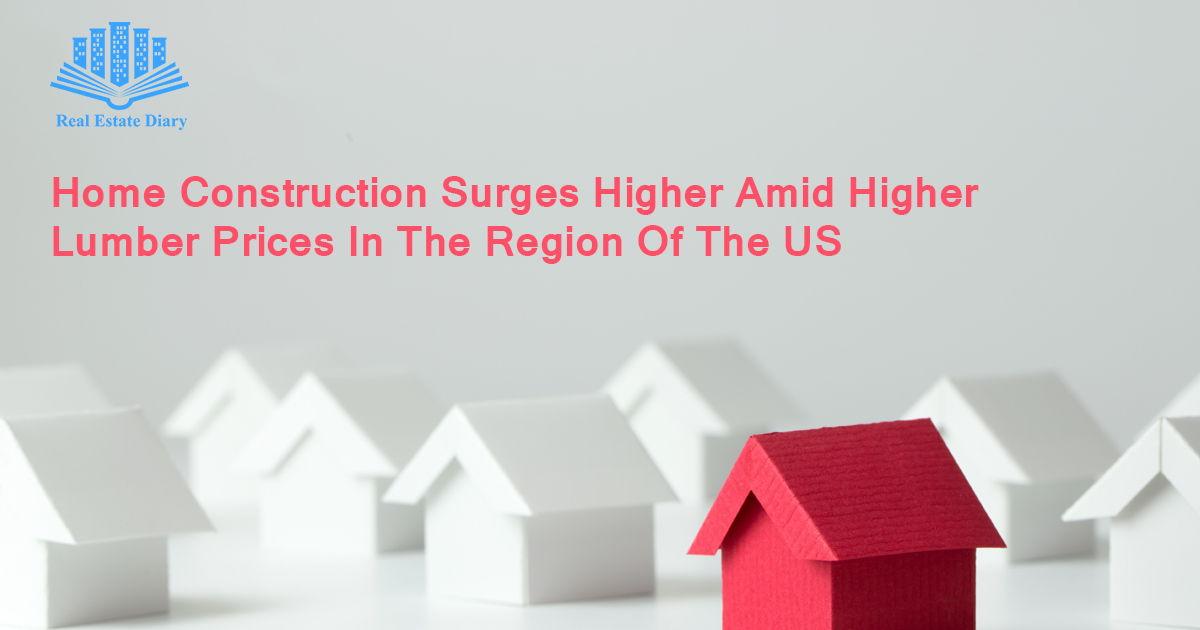US homebuilders started home construction at a seasonally modified annual rate of 1.68 million in November. US Census Bureau represents that this is a nearly 12% increase from the previous month, where this is roughly up by 8%. The pace of authorizing for new housing units also increased in November. Permitting for new homes occurred at a continually adjusted annual rate of 1.7 million, which is roughly up by 4% from October and 1% from the previous year. Economists polled by Market Watch expected housing starts to ensue at a median pace of 1.66 million and building permits to come in at a median pace of 1.56 million.
Housing starts to rise both for single-family and multifamily real estate projects. The Midwest was the only region where new construction activity decreased comprehensively, with a 7.3% downturn. In the Northeast, there was a nearly 28% increase in housing starts every month, in comparison to the last year. Housing starts were down in the Northeast and West, but up in the Midwest and South.
The increase in authorizing was driven by a 6% jump in the number of multifamily buildings authorized, as the number of single-family homes that were authorized only increased 2.7% every month. There was a decrease in the number of permits disseminated for duplexes, triplexes, and quadplexes. There was also a 1.5% increase in the number of approved real estate projects where construction had yet to start, driven by a backlog of multifamily real estate projects. However, there was a nearly 20% monthly increase in the number of multifamily real estate projects where construction was concluded. Comparatively, single-family completions were extensively flat as compared with October stats.
As evidenced by the strong optimism among home builders, market conditions are highly abetting of a fast pace of construction. Realtors.com valuation is that there is a nationwide shortage of roughly 5.2 millionsingle-family homes based on current demand. “Within this landscape, new construction is the missing link”, said George Raitu, manager of economic research at realtor.com. Millennials are driving that strong insistence as they enter their prime home-buying years. But unlike the baby boomer generation, they are opposing an extremely tight housing real estate market. Years of underbuilding following the anxiety of the Great Recession have meant that new-home construction has not kept pace with growth in the number of households across the country. So long as that remains the case, home builders will have an extensive runway to continue building real estate properties.
But construction firms face their own set of confrontations, in terms of labor and material shortages. For instance, realtors.com notes that lumber prices have streamedto $1,100 per thousand board feet, up from a low this summer of $400. Those shortages do not just slow down the pace of home construction but make it more overpriced. “With higher construction costs, the sale price of a new residential property is up about 18% since last year”, George Raitu noted.
“Residential construction has ambulated back from the torrid pace seen earlier this year as insistent supply issues and elevated material costs have capped overall activity. The number of homes still under construction is now at the highest since 1974, as materials take longer to arrive on-site”, Priscilla Thiagamoorthy, an economist with BMO Capital Markets, wrote in one of his research notes. “An eventual alleviating of supply pressures and low inventories should be abetting of building activity even as mortgage rates rise next year”, said Rubella Farooqi, chief US economist at high-frequency economics, in a research note.

